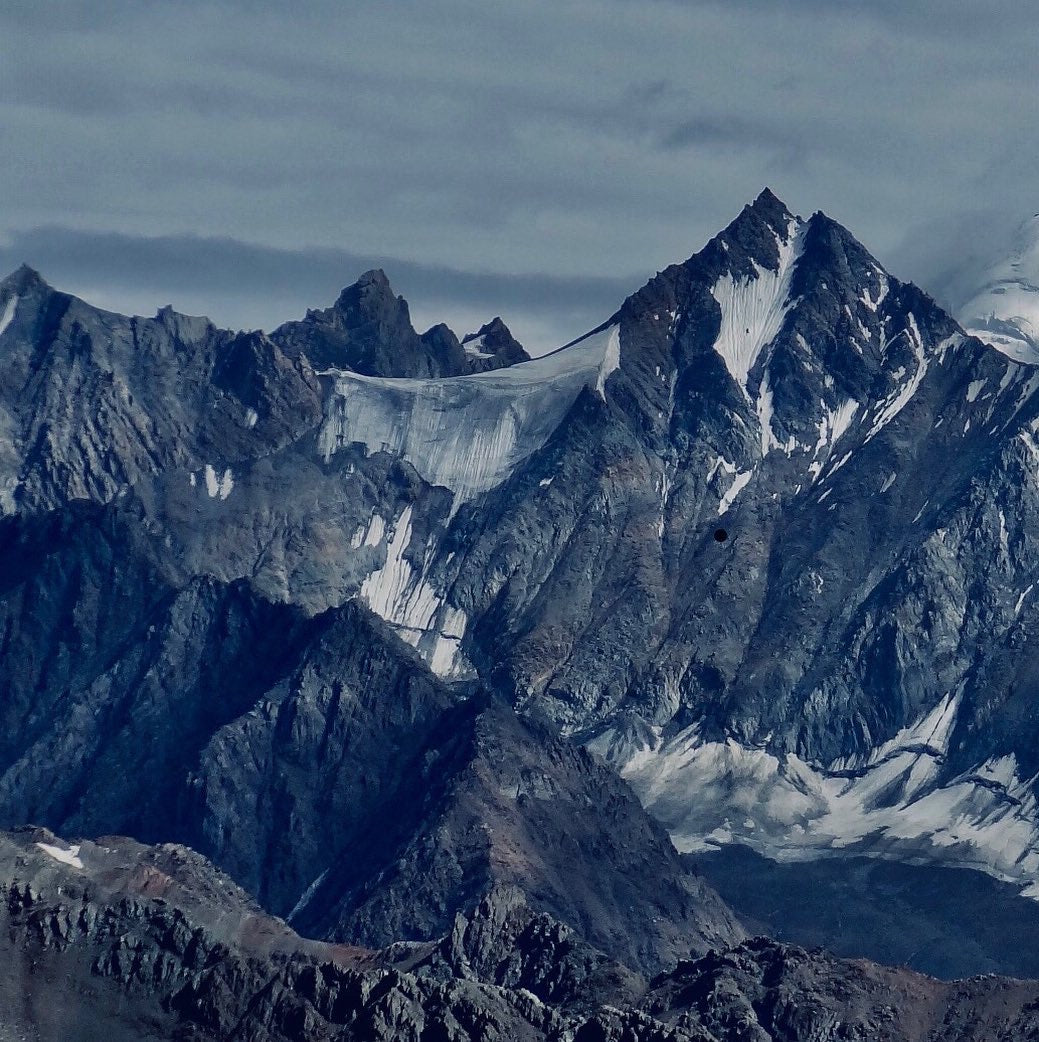Skiing in Kullu Valley: A Seasonal Odyssey

Kullu Valley, nestled in the heart of the Western Himalayas, undergoes a remarkable transformation with the changing seasons, particularly for ski enthusiasts. The valley's topography, coupled with the whims of Mother Nature, creates a distinctive skiing experience that evolves from October to June each year. In this comprehensive exploration, we embark on a seasonal journey, unraveling the nuances of skiing in Kullu Valley.
Autumn Prelude: October and November
As autumn sweeps across the Kullu Valley, the first significant snowfalls dust the landscape in October and November. However, daytime temperatures remain comfortably above freezing, causing most early snow accumulations to melt quickly, especially at lower elevations. Only the bravest dare to venture onto the glaciers above Beas Kund or the head of the Jabri Valley during this period. Skiing remains a distant dream until January when the valley's temperature consistently drops below freezing, allowing for substantial snow accumulation.
The Winter Wonderland: January to February
For ski enthusiasts, January marks the beginning of a winter wonderland in Kullu Valley. This month boasts the coldest temperatures, with Manali's average minimum temperature at 2°C. When colossal winter storms roll in, they bring snowfall that rivals the best conditions found in North America or Europe, with light, fluffy powder. The snowline often descends to the valley floor (at around 2100 meters), slightly above Manali, while higher up near Kullu, it can extend even higher, reaching around 2500 meters.
Despite the breathtaking quality of snow in January, extensive ski touring remains a challenge. The massive snowfall (up to 100 cm in 24 hours) leads to high avalanche activity and physically demanding touring conditions. Breaking trail through deep snow is an arduous test of endurance. The relentless roar of avalanches serves as a constant reminder to stay vigilant. Ski tourers often find themselves waiting for storm systems to pass and for the snowpack to stabilize, resulting in numerous days spent in the valley.
The Himalayan winter transforms the valley into a unique setting, with 'Himachal Heli Skiing' commencing its operations in January to take advantage of the pristine snow conditions and lower snow levels. The town of Manali assumes a distinct character, akin to the 'Chamonix of the Himalayas,' with few visitors and many closed shops until late March.
Ski touring during this period tends to concentrate on lower elevations, particularly around the treeline, where the skiing conditions are fantastic. Venturing into the alpine is often deemed too risky and physically taxing due to unpredictable weather.
February mirrors January in many ways, with a deeper snowpack and slightly higher precipitation levels. Although temperatures rise slightly, thermals are still a necessity for a comfortable night's sleep in towns like Vashisht and Solang. While Manali may experience occasional snowfall, rain is more likely, and the snowline can ascend to 2500 meters or higher. Tours into the alpine, like the Jagatsukh or Rohtang Valleys, are feasible, but avalanche concerns often confine ski tourers to the shorter, forested slopes above Solang or Sethan.
March: The Ideal Time for Ski Touring
March brings a significant shift in climate and snow conditions. Temperatures rise dramatically, and the freeze/thaw cycle begins to manifest towards the end of the month. Interestingly, March witnesses the highest average precipitation among the winter months, although most snowfall remains confined to the alpine areas. Early March mirrors the conditions of January or February but provides an ideal window for ski touring, with safe travel conditions and pleasant weather.
Ski tourers revel in the warm valley air as daytime temperatures in Manali average a maximum of 21°C, while chilly nights settle at around 6°C. March proves to be a fantastic time to experience Kullu Valley, with businesses opening up after a winter hiatus and the streets of Manali bustling with activity.

Spring Awakening: April and May
Spring arrives rapidly in Kullu Valley, along with other southern Himalayan ranges. However, winter's grasp can return at any moment, and it's not uncommon for extended periods of heavy snowfall and frigid temperatures to make a comeback in April and sometimes, even May.
Spring, with its predictable and reliable weather, emerges as the best time for ski touring in India. Avalanche activity decreases significantly, and the wet, corn snow creates ideal conditions for ascending and descending. While temperatures in the valley are delightful, especially in sub-alpine towns, skiing in higher regions remains accessible.
April shines as a prime month for ski touring. Even during mediocre snow seasons, quality skiing opportunities abound, particularly for those willing to embark on short hikes. The Indian Army starts cutting the road to the Rohtang Valley, and in drought years, they often reach the Pass's vicinity by the end of the month. Manali basks in the warmth, with daytime temperatures averaging 27°C and nighttime temperatures around 10°C.
May can either be a treasure trove or a disappointment, depending on the season. In an average Kullu snow season, May proves to be an excellent time for ski touring and high-altitude adventures. Access to most peaks remains relatively straightforward, and the Rohtang Pass highway opens up for traffic, unlocking exciting skiing opportunities. The skiing experience revolves around dependable corn snow, ranging from challenging suncupped surfaces to velvety, pristine runs.

The Prelude to Summer: June
June might not be a favored month for Kullu ski touring enthusiasts, as summer takes a firm hold over the local climate. The snowline can rise as high as 4000 meters, making it challenging to find worthwhile ski descents. While skiing remains possible at higher elevations, it's often confined to small drifts around the Rohtang Pass or the occasional descent of the highest peaks like Deo Tibba (6001 m).
During June, other high-altitude regions in India, such as Ladakh, Spiti, Kinnaur, or the towering mountains of Uttarakhand, become the focal points for ski mountaineering expeditions. The Rohtang Pass buzzes with activity during June, with roadside dhaba stalls serving travelers, adding a touch of industry and merriment to the otherwise austere environment.
Rainfall becomes common throughout the valley during this period, with wet snowflakes occasionally gracing the Rohtang Pass. Regardless of deteriorating skiing conditions, the cooler temperatures in Kullu Valley remain a welcome respite from the scorching heat elsewhere in India.
Monsoon Interlude: July to September
The months from July to September mark the arrival of the monsoon rains in Kullu Valley, casting a gloomy and rather futile shadow on skiing endeavors. Precipitation levels during these months surpass those of the winter, with August experiencing the heaviest rainfall. In recent years, the valley, like much of India, has witnessed unusually light monsoons, reflecting the global trend of warmer and less predictable weather patterns.
Ski touring enthusiasts must patiently wait for the monsoon to pass, as there is little to gain from venturing into the valley during this period. Skiing takes a back seat, yielding to pilgrimages, honeymoons, and those seeking refuge from the scorching summer heat in northern India.
In conclusion, Kullu Valley's ski season is an exhilarating odyssey through the changing

